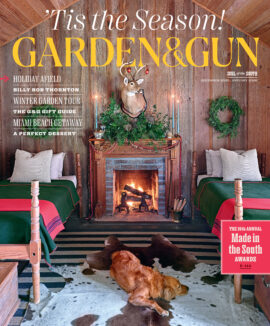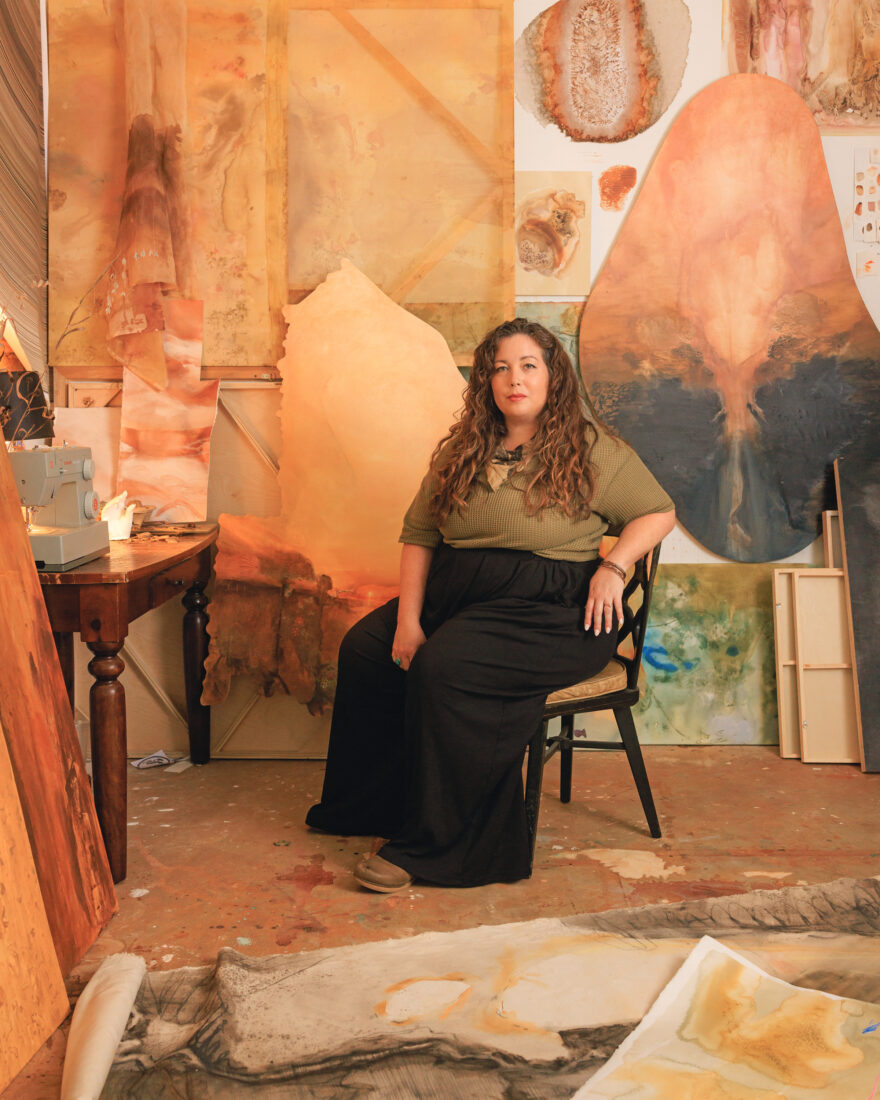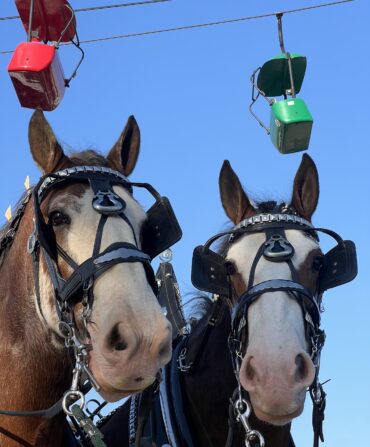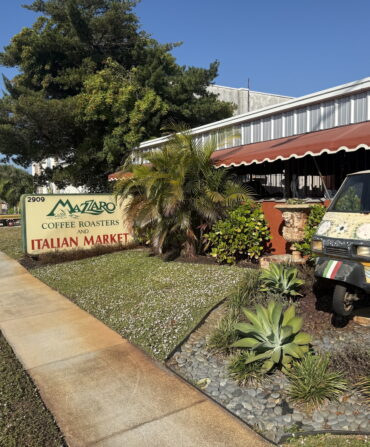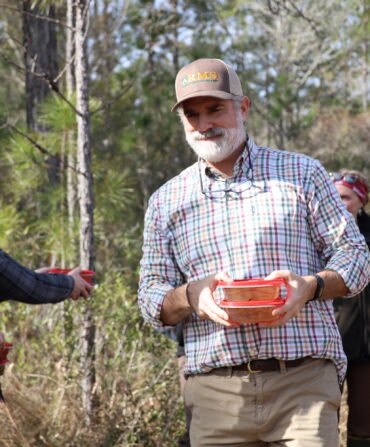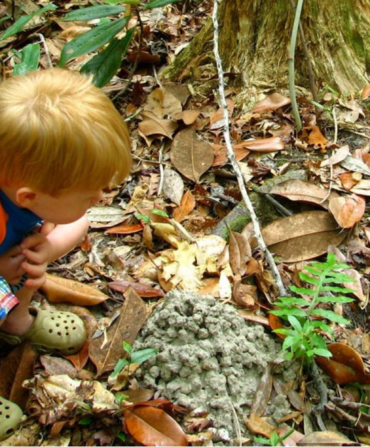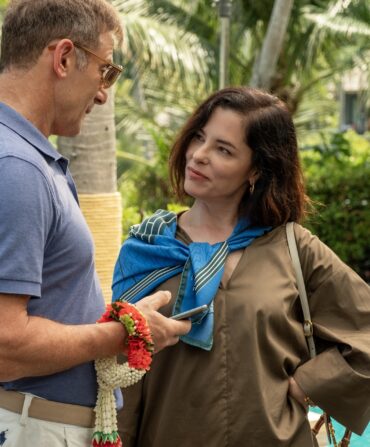One of the oldest trees in Atlanta is a 305-year-old white oak. Walking around its trunk in Deepdene Park, Heather Bird Harris plucks up acorns and leaves, carrying the windfall materials back to her studio to transform into pigments and rich dyes. She’s using the handmade paint and dye for a series of paintings that will produce seasonal “snapshots” of the city’s most senior trees and healthiest forests. A team of forest managers and biologists has helped her locate the specimens and existing core samples; Clay Tucker, a dendrochronologist, then teaches Harris how to understand the stories the cores reveal. “I’m interested in using the tree as a primary source,” Harris explains. “I want to know how many ways we can understand this place that we care about.”
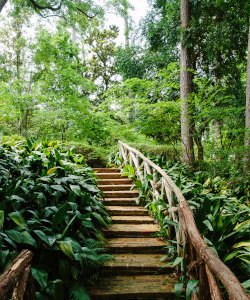
In the pattern of light and dark wood in the Deepdene white oak’s core, Tucker illuminates the history of sunlight, water, stress responses, and general health imprinted in the gaps. Atlanta’s rare handful of old trees perhaps escaped clearcutting because the land that surrounded them with, say, deep creeks and hills lacked development potential. Preserved old-growth trees therefore function as archivists: Harris can observe their reactions to the changing ecosystem and such human intervention as dams. “It’s proof we affect each other,” Harris says.
Water has long been a muse to her. After graduating from Skidmore College in 2009, Harris moved to New Orleans, where she worked in education. Flooding and hurricanes constantly troubled her community. To understand how the land itself holds history and memory, Harris began foraging the landscape’s “natural gifts”—clay, goldenrod, walnuts—to employ in her ongoing studio practice. The process of creating paint from such materials requires care and time. “I don’t waste a drop I’ve made,” she says, “because I realize how precious it, and the place it came from, is.”
In her piece Until It’s All Gone (Virtual Global LNG), for instance, Harris used water, clay from a Mississippi River tributary, and red ocher to create rivulets and pools of color. “It’s really, really beautiful to see how Earth forms itself on a small scale whenever given the chance,” she says. Even though Hurricane Ida damaged her studio in 2021, the idea of water moving through land brings her a strange peace. The trouble lies, she says, in “the unsustainable way of living next to water, trying to control it.”
Since relocating to Atlanta, Harris has begun to research her new state’s soil and water health. In Coal Ash Permeation (Plant Hammond), her curving panel re-creates the shape of Ash Pond 3, a section of a retired Georgia Power plant where a million tons of toxic coal ash threatens the groundwater. Foraged materials, including coal from a shipwrecked vessel and red Georgia clay, become watercolors that bleed across the canvas, spilling into sooty blackness.
When she’s not preparing tree-centric pieces for her show opening next February at Atlanta’s Swan Coach House, Harris teaches classes at Georgia State—as well as strangers eager to learn. She offers walks, in collaboration with master naturalists and ethnobotanists, that allow others to engage in her creative process. The excursions include identifying native and displaced plants and explanations from the scientists about the specimens’ health, their roles in the ecosystem, and whether, depending on the circumstances, it’s proper to gather them as material. “To live somewhere is to love it,” Harris says. “And if you love it, then you act to protect it.”

